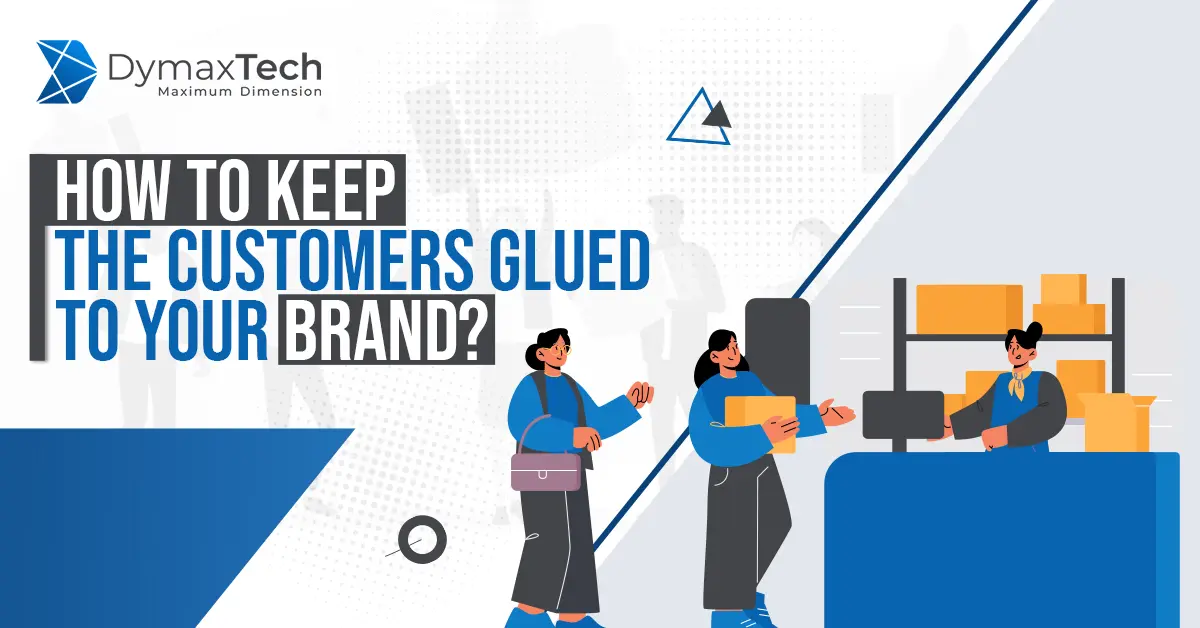One of the biggest pitfalls for businesses across the globe is the thought of having a great product or service is enough as a strong customer retention strategy. The bitter truth is that it is only one aspect of marketing while there are many more strategies on how to glue the customers to your brand. While every business needs new clients, it is equally critical to improve customer retention as acquisition costs are five times more than retaining an existing customer. It is a strategy that business owners use to glue the customers to their brand or product and keep them on the brand for a while.
Customer retention is defined as the ideas and strategies that an organization should implement to keep their customers staying with their brand. The key goal behind having a successful client retention plan is to help businesses to retain customers and how they contribute to the growth of the business. A good customer retention strategy always begins with the first contact a customer has with your business and continues throughout the lifetime of the relationship. Let’s take a look at the ways to glue the customer to the brand or a product for a while.
Create a Loyalty Plan
A customer loyalty program should be a key component of your client retention strategy. These programs reward your clients by incentivizing them to return and buy with you. Make your consumers feel special by hooking them up with offers: give them an early glimpse at new items and provide unique prices. This royal treatment will make your consumers feel cherished, and it is the cornerstone of this client retention approach.
Sephora’s Beauty Insider program is one of the greatest instances of client retention based on this strategy. This program allows you to get discounts and freebies without having to spend any money. The more money you spend with them, though, the greater the advantages. You may even provide someone incentives similar to a loyalty program before they have opted in. For example, you might provide a discount coupon in each buyer’s order confirmation email. Don’t force them to join up for anything; simply give them a discount right away.
Pay Attention to Complaints
The truth is that client retention is dependent on customer happiness. Why would a consumer return for a second visit if they are dissatisfied with the service you provide? This implies that each complaint you receive is essentially a mini-customer satisfaction survey, so make sure you use them to increase your client retention rates. Essentially, if you receive a complaint, do not dismiss it. It is a great practice to take care of it as quickly as possible and to ensure that your customer’s demands are met. You may even make it easier for clients to lodge concerns. Create a Contact page for your website, including your email address in the footer, and make yourself available on social media.
Engage in Social Responsibilities
As previously said, excellent client retention rates are dependent on your purchasers feeling happy – not only about the things they’ve purchased from you, but also about the entire shopping experience. This encompasses things like pricing, quality, and communication. However, you may make clients feel good by informing them that they are doing a good thing. This is where social duty comes into play. Activities that support individuals in need are referred to as social responsibility and make your customers glued. And many internet retailers do an excellent job of incorporating social responsibility into their operations – and informing customers about it.
Many e-commerce businesses focus on gaining new consumers, but it’s just as vital to nurture your existing client base. Rather than allocating all of your marketing budgets to gaining new clients, invest some time and money in cultivating connections with previous purchasers. These consumers are already familiar with your business and will enjoy the fact that you’re still thinking about them after they’ve made a purchase.




